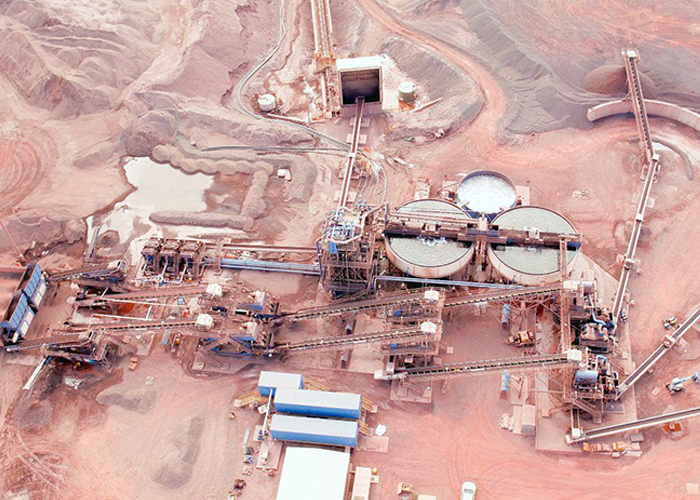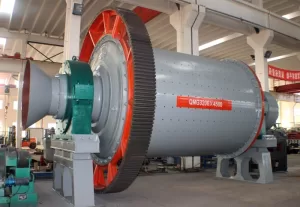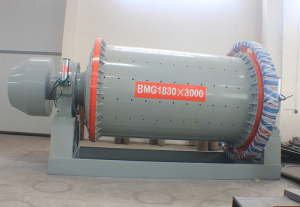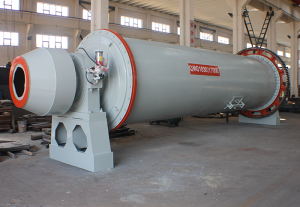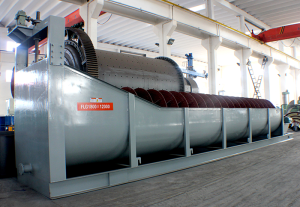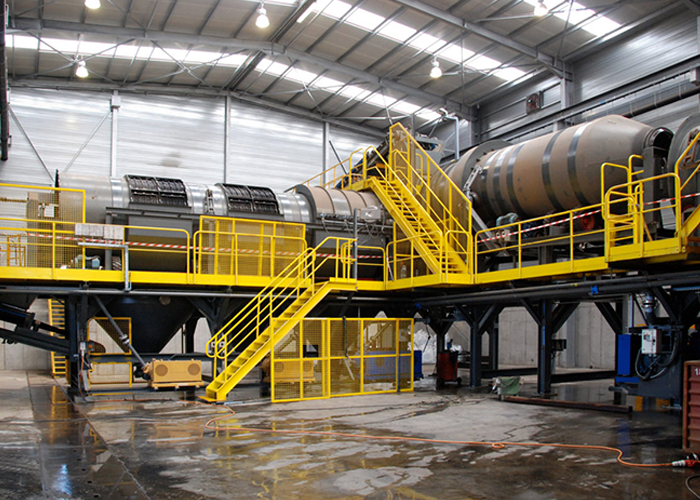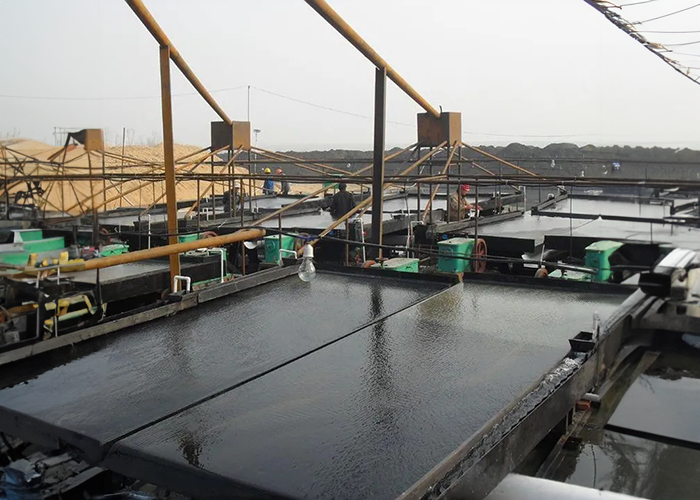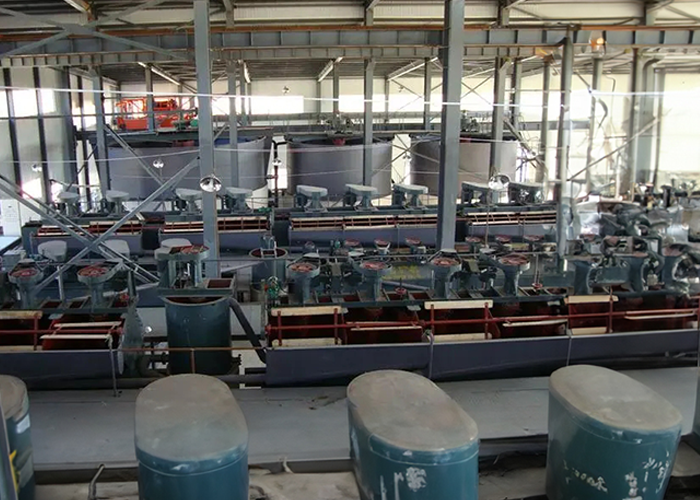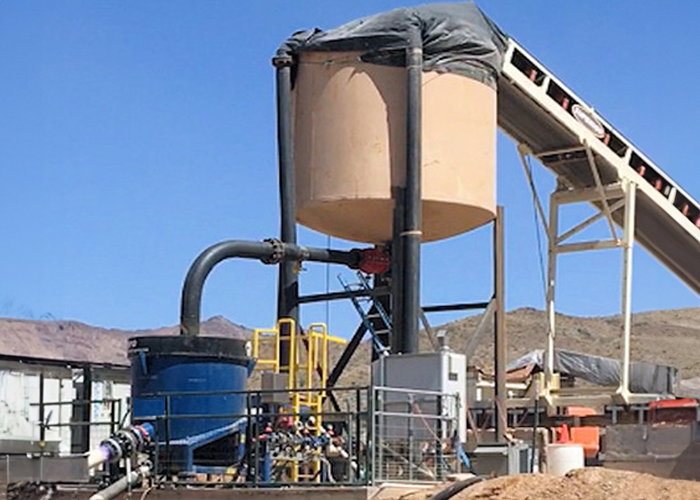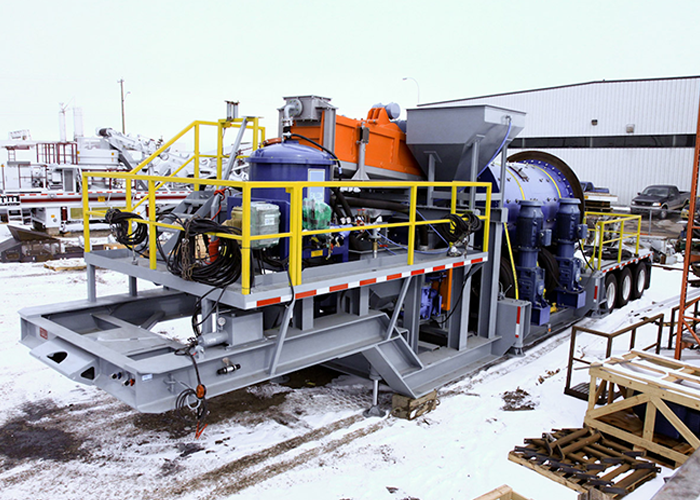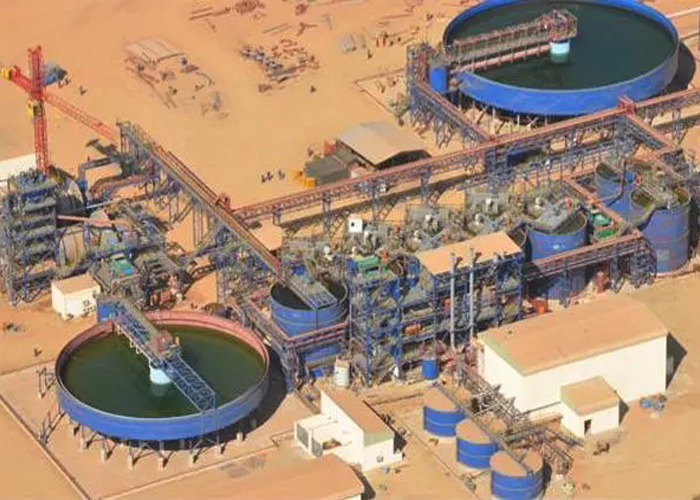Gold CIP Processing
Gold CIP (Carbon-in-Pulp) is a widely used method for extracting gold from ore. It involves using activated carbon to adsorb gold from a cyanide solution, followed by elution and regeneration of the carbon for reuse.
Gold CIP (Carbon-in-Pulp) is ideal for processing gold-containing oxidized ore with a high slime content. Zoneding is a leading supplier that offers custom gold CIP processing plants and equipment to address these challenges efficiently.
If you are interested in our products, please email us at zd-machine@kssb.cn
Related Products
Ball Mill
Our ball mill are available in different styles and many models in each style to adapt to various grinding requirements.
Rod Mill
Rod MillRod Mill For SaleWorking Principle of Rod MillProduct Features of Rod MillRod Mill shipmentParameters of Rod MillRod millService Supportof Rod MillFAQRelated ProductsOur Rod Mill are available in different styles and numerous model sizes …
Ceramic Ball Mill
Ceramic Ball MillCeramic ball mill For SaleAdvantages of Ceramic ball millFunctional Advantages of Ceramic ball millApplication Scenarios of Ceramic ball millCeramic ball mill shipmentCeramic ball mill customer work siteParameters of Ceramic ball…
Flotation Machine
Flotation MachineFlotation Machine For SaleAdvantages of Flotation MachineFlotation Machine: Suitable Ore TypesStructure of flotation machinePrinciple of Flotation MachineFlotation ProcessParameters of Flotation Machineflotation machineAssembly s…
Spiral Classifier
Spiral classifiers can grade different particles in ore slurry during the metal beneficiation process as well as deslime and dehydrate in the washing operation.
Mixer
Introduction of MixerThe Application and Function of Agitating TankThe Working Principle of Agitating TankAgitating Tank ManufacturerGeneral SpecificationMixerFAQRelated Products Mixer Mixing barrel is mainly used in all kinds of metal mining in…
Wet Drum Magnetic Separator
Wet Drum Magnetic SeparatorWhat is wet drum magnetic separatorFeatures of Wet Drum Magnetic Separator:Structure of Wet Drum Magnetic SeparatorPrinciple of Wet Drum Magnetic SeparatorCustomer Case of Wet Drum Magnetic SeparatorSpecification of Wet…
Shaking Table
Shaking Table For SaleAdvantages of Shaking TableApplication of Shaking TablePrinciple and structure of shaking tableI. Working PrincipleII. Structural compositionParameters of shaking tableShaking Tableshaking table customer work siteFAQRelated P…
Gold Mine Wet Pan Mill
Wet Pan Mill for saleApplicationsWet Pan Mill AdvantagesProduct StructureWet Pan Mill Working PrincipleParameters of Wet Pan MillRelated Products Gold Mine Wet Pan Mill is a highly efficient, energy-saving and easy-to-ope…
Jigging Separator Machine
Jigging Machine for saleApplicationsProduct StructureWorking PrincipleParameters of Jigging MachineJigging Machine customer work siteRelated Products Jigging Machine(jig concentrator, jig machine, mineral jig, Jiggin…
loading…
已经是到最后一篇内容了!
Other Solutions
Dense Medium Separation
Dense Medium SeparationDMS Process SolutionDMS Process Flow The dense medium cyclone (DMC) is the most ubiquitous of the DMS vessels in use, and deservedly so. It is efficient (when run properly), can process both coarse and fine…
Sulfide Ore Processing
Sulfide Ore ProcessingSulfide Ore Processing Plant This setup is sulfide rock minerals processing plant, suitable for processing Sulfide rock Gold, Copper, Silver, Zinc, Lead, Fluorite ore, etc. Has a high recovery ratio for sulfide-type minera…
Silver Ore Processing
Silver Ore ProcessingSilver Ore Beneficiation ProcessSilver Ore Processing Plant Silver is often associated with lead-zinc ore, copper ore, gold ore, and limonite, and is mainly produced by flotation. The silver intercalation in its silver-bearin…
Diamond Wash Plant
Diamond Wash PlantDiamond Mining ProcessDiamond Washing Plant Diamond wash plants, also known as diamond processing plants or diamond recovery plants, are specialized facilities designed for extracting and processing diamonds from …
Gold Flotation
Gold FlotationGold Flotation ProcessGold Flotation Process Flow Flotation is a common method for gold concentrators to process rock gold ore, and it is often used to process sulfide mineral gold-bearing ores with high floatability. The flotation …
Gold CIL Processing Plant
What is the Gold CIL (Carbon-in-Leach) Process? Why is it So Common?Why It’s FavoredWhich Types of Gold Ore are Best Suited for CIL Processing?Ore Properties Dictate SuitabilityKey FactorsGrinding RequirementsWhat are the Core Process Steps in a C…
Gold Processing Plant
What is a Gold Processing Plant? What is its Core Role in Gold Mining?Deeper Dive: The Value Creation EngineSystem, Not Just MachinesThe Core GoalEssential LinkHow Do My Gold Ore Characteristics Dictate the Plant Design? (Critical First Step!)Why …
Hard Rock Gold Mining
How Find Gold Deposits Hidden Deep Within Rock Formations? What are the Key Steps to Accessing the Gold Ore Body?Open-Pit MiningUnderground MiningWhy is Crushing and Grinding the Critical First Step in Liberating Gold from Rock?The Goal: Liberatio…
loading…
已经是到最后一篇内容了!
 Zoneding Machine
Zoneding Machine
